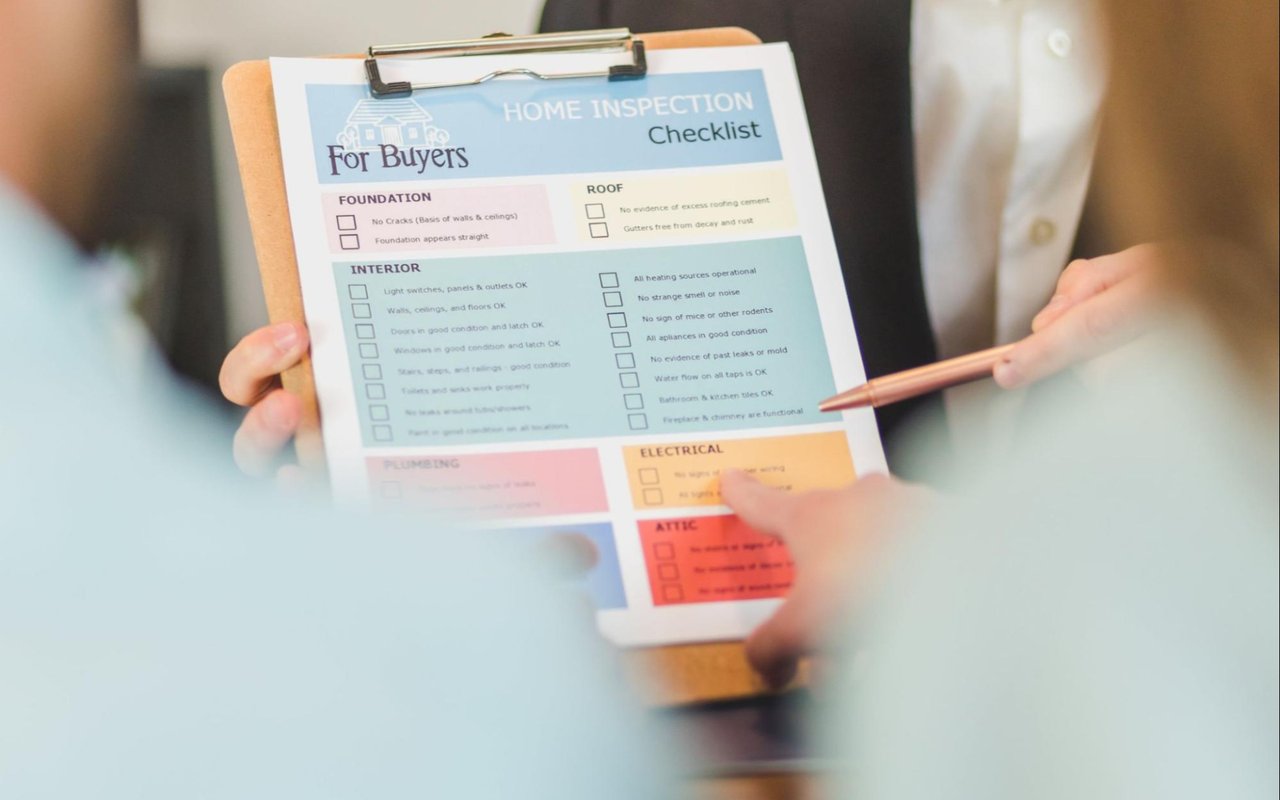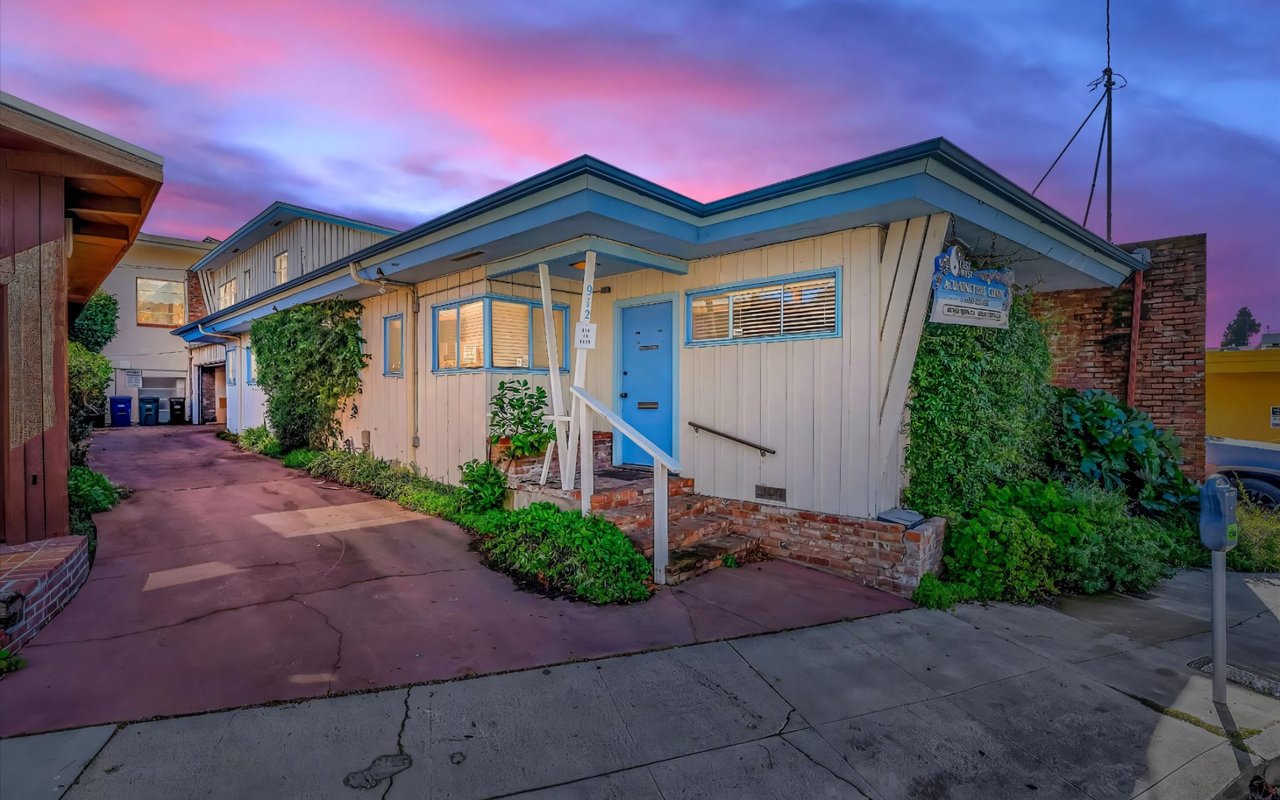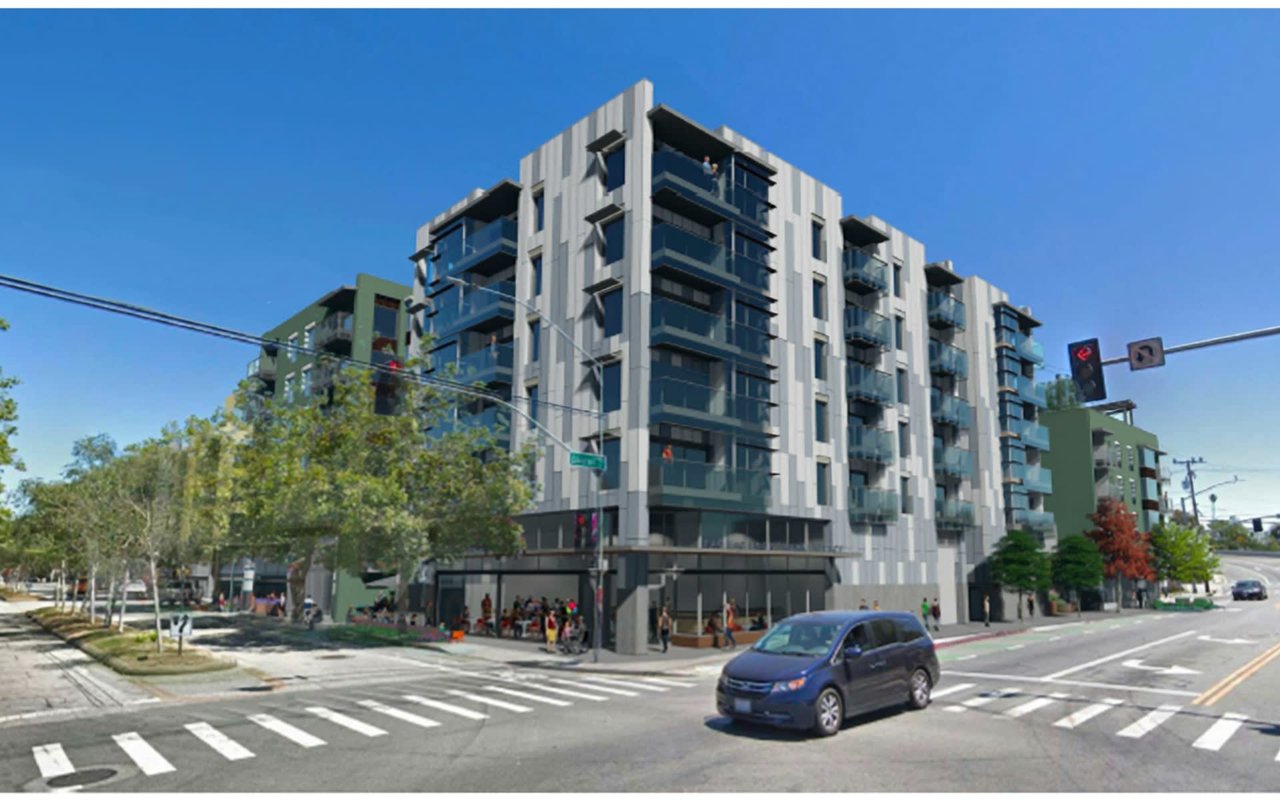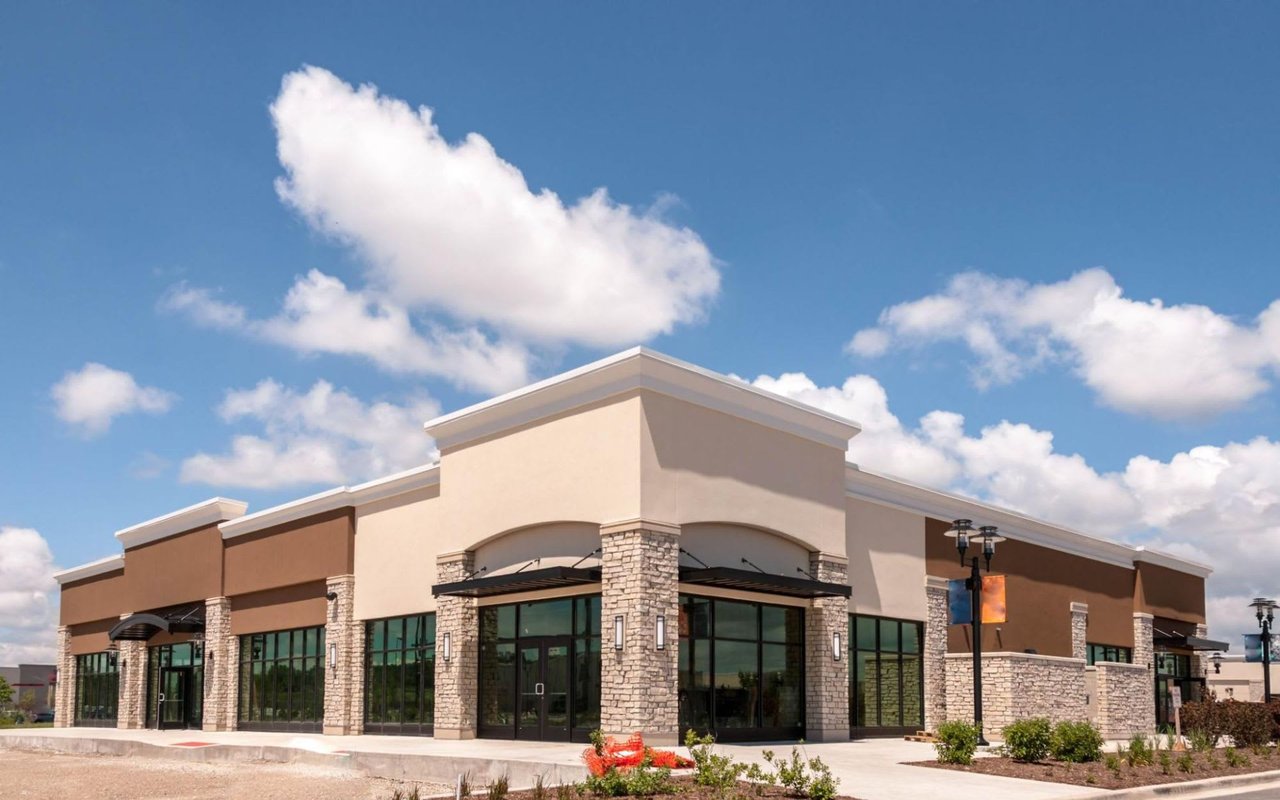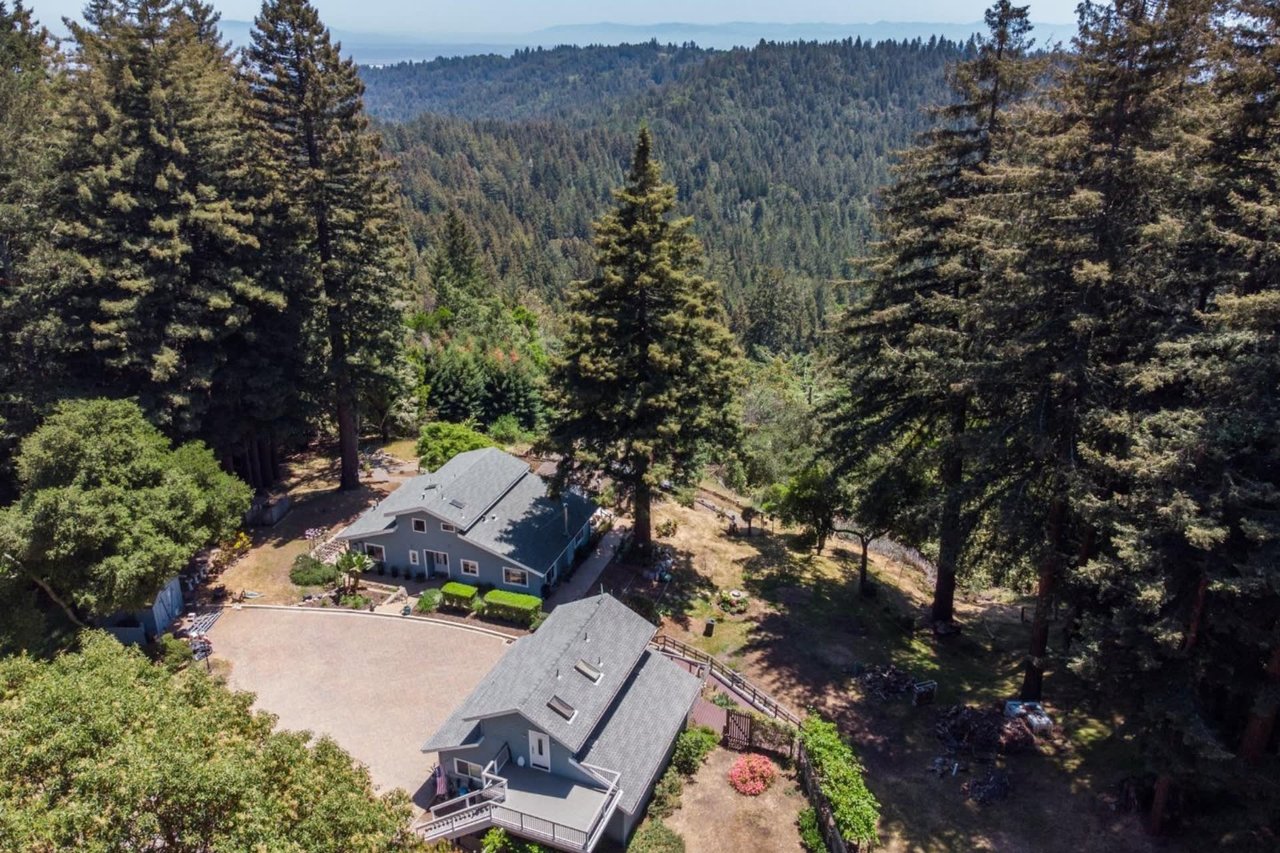Evaluating commercial property value is a crucial step for anyone looking to invest in real estate, especially in a vibrant market like Santa Cruz County, California. This picturesque coastal region is known for its unique blend of natural beauty, thriving businesses, and a strong local economy. Whether you’re a seasoned investor or a first-time buyer, understanding how to assess the value of commercial properties can help you make informed decisions that align with your financial goals. Here’s a comprehensive guide on how to evaluate commercial property value in Santa Cruz County.
1. Understand the Different Types of Commercial Properties
Before diving into valuation methods, it’s essential to understand the various types of commercial properties you may encounter in Santa Cruz County. Each type has unique characteristics that can influence its value.
Retail Spaces
These properties are designed for businesses that sell goods directly to consumers, such as storefronts, shopping centers, and malls. Location and foot traffic are critical factors in determining their value.
Office Buildings
These include single-tenant and multi-tenant spaces that house businesses and professionals. Factors such as the building’s condition, amenities, and proximity to transportation can affect its valuation.
Industrial Properties
These properties are used for manufacturing, warehousing, and distribution. Key valuation aspects include accessibility to transportation routes and the overall condition of the facility.
Multifamily Properties
Although primarily residential, multifamily properties like apartment complexes can also be classified as commercial. Their value is often influenced by rental income potential and occupancy rates.
Understanding the type of commercial property you are evaluating will help you identify the most relevant factors that contribute to its value.
2. Utilize the Income Approach
The income approach is one of the most common methods for valuing commercial properties, particularly those that generate rental income. This approach estimates the property’s value based on its income-producing potential.
Net Operating Income (NOI)
Start by calculating the property’s net operating income. This is the total revenue generated from the property (like rent) minus operating expenses (such as maintenance, property management, insurance, and taxes). A higher NOI typically translates to a higher property value.
Capitalization Rate (Cap Rate)
The cap rate is the ratio of the property’s NOI to its current market value. It is expressed as a percentage and serves as a useful tool for comparing similar properties in the area. To determine the property value using the cap rate, divide the NOI by the desired cap rate.
For example, if a property generates an NOI of $100,000 and the prevailing cap rate for similar properties is 6%, the estimated value would be 1,666,667.
3. Consider the Cost Approach
The cost approach involves determining the value of a property based on the cost to replace or reproduce it minus depreciation. This method is particularly useful for properties that may not generate significant income, such as vacant land or unique structures.
Replacement Cost
Calculate the current cost of constructing a similar property using modern materials and construction techniques. This should include labor, materials, and any additional fees associated with the construction.
Depreciation
Assess any depreciation that has occurred due to age, wear and tear, or functional obsolescence. Subtract this depreciation from the replacement cost to arrive at the property’s value.
Land Value
Don’t forget to include the value of the land itself. This can be determined by looking at comparable land sales in the area.
4. Evaluate Location and Market Trends
In real estate, the mantra “location, location, location” holds particularly true for commercial properties. The location of a property can significantly impact its value and potential for future appreciation.
Demographics
Understanding the demographics of the area, such as population growth, income levels, and employment rates, can provide insights into market demand. A growing population can drive demand for commercial space, thereby increasing property values.
Accessibility
Consider the property’s accessibility to major transportation routes, public transit, and amenities. Properties that are easy to reach and conveniently located are often more valuable.
Future Development Plans
Investigate any planned developments or zoning changes in the area. Upcoming projects, such as new infrastructure or commercial developments, can enhance the attractiveness of the property and positively influence its value.
5. Seek Professional Appraisal
While you can gather a wealth of information to evaluate a property’s value, engaging a professional appraiser can provide a comprehensive, unbiased assessment. An appraiser will consider all relevant factors and utilize multiple valuation methods to determine the property’s fair market value.
Appraisal Process
An appraiser will conduct a thorough analysis of the property, considering its physical characteristics, location, income potential, and comparable sales data. This objective evaluation can provide peace of mind and a clearer understanding of the property’s value.
Financing Considerations
If you plan to finance your commercial property purchase, lenders often require a professional appraisal to ensure that the property’s value aligns with the loan amount. This is an essential step in the financing process.
Evaluating the value of commercial property in Santa Cruz County involves a multifaceted approach that considers various factors, from income potential and market trends to location and property conditions. By utilizing the income approach, cost approach, and sales comparison approach, along with thorough inspections and professional appraisals, you can gain a comprehensive understanding of a property’s value.
Discover the Best of Santa Cruz County
If you’re ready to enter the commercial real estate market in Santa Cruz County, reach out to
Team Zech Properties. Their expertise in the local market and commitment to client satisfaction will help you find the right commercial property that meets your investment goals.




